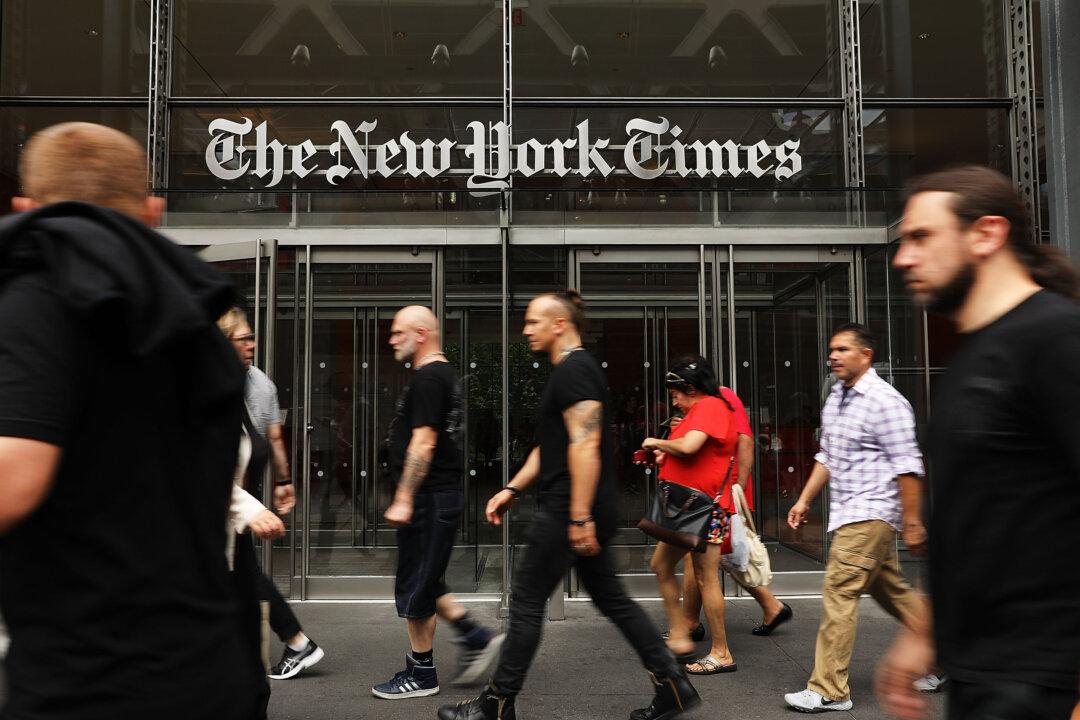Commentary
I’m no great fan of President Donald Trump or Prime Minister Benjamin Netanyahu, and yet, I was taken aback by the now-infamous cartoon that appeared in The New York Times International Edition on April 25.

I’m no great fan of President Donald Trump or Prime Minister Benjamin Netanyahu, and yet, I was taken aback by the now-infamous cartoon that appeared in The New York Times International Edition on April 25.